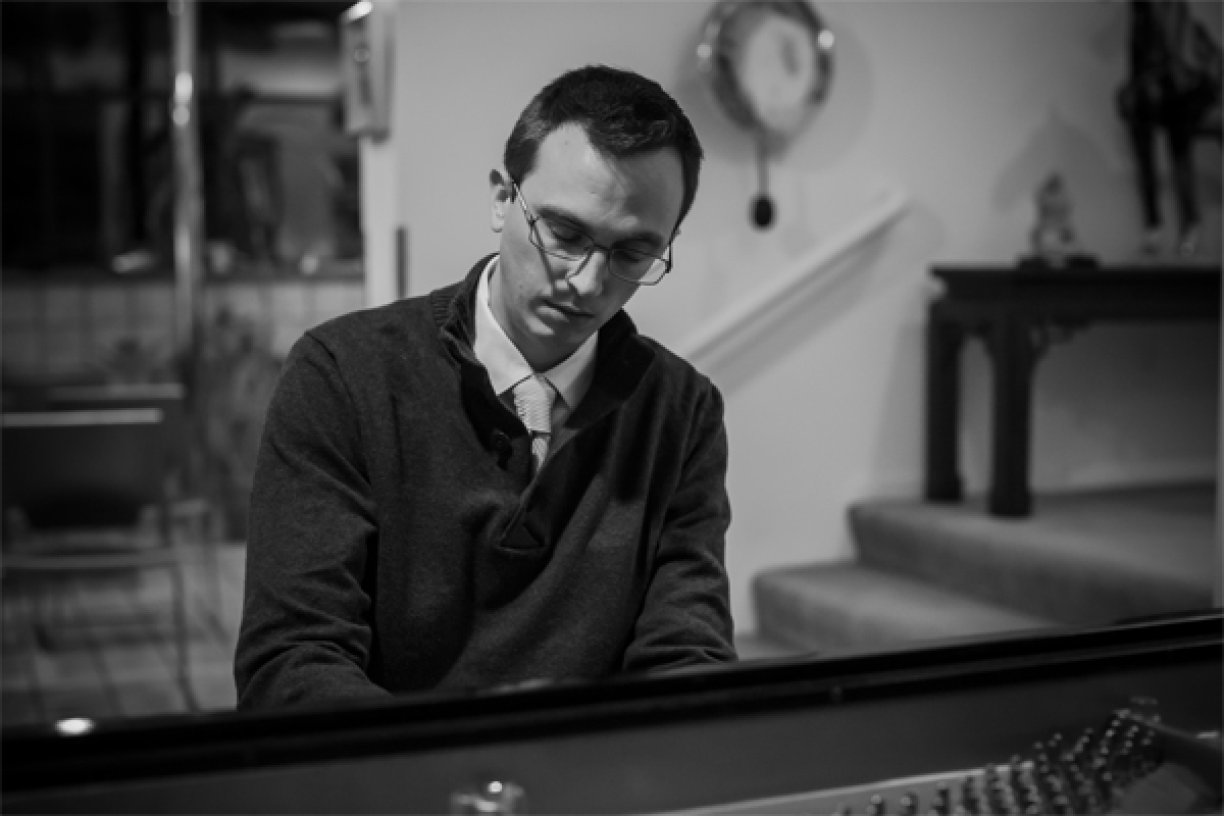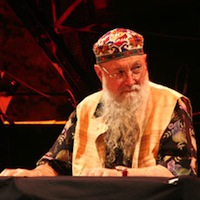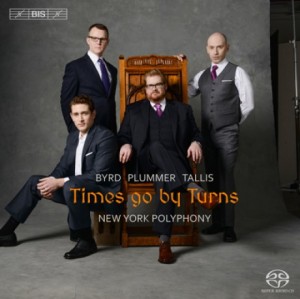
Members of the Da Capo Chamber Players
(Left to Right:) Curtis Macomber, violin, Patricia Spencer, flute, Jay Campbell, cello, Meighan Stoops, clarinet, Blair McMillen, piano
On Thursday October 1st, the Da Capo Chamber Players commemorate the hundredth anniversaries of two recently deceased American modernists: Milton Babbitt and George Perle. They will perform Babbitt’s When Shall We Meet Again and two works by Perle: Sonata a Quattro and Nightsong. David Fulmer, a Babbitt student, contributes the world premiere of Cadenza, a piece built out of his violin concerto’s hyper-virtuosic solo part. Rounding out the program are Jason Eckardt’s After Serra and Fred Lerdahl’s Times 3.
Though it is more modest in scope than other centennial tributes one can hear this season – particularly Juilliard’s Focus Festival, devoted entirely to Babbitt – the Da Capo event features several players who collaborated closely with Babbitt and Perle. Indeed, both of the Perle works were written for the ensemble. It promises to be an intimate evening filled with finely honed performances.
Thursday, October 1st at 8 PM
Merkin Concert Hall,
129 West 67th Street, NYC, NY













